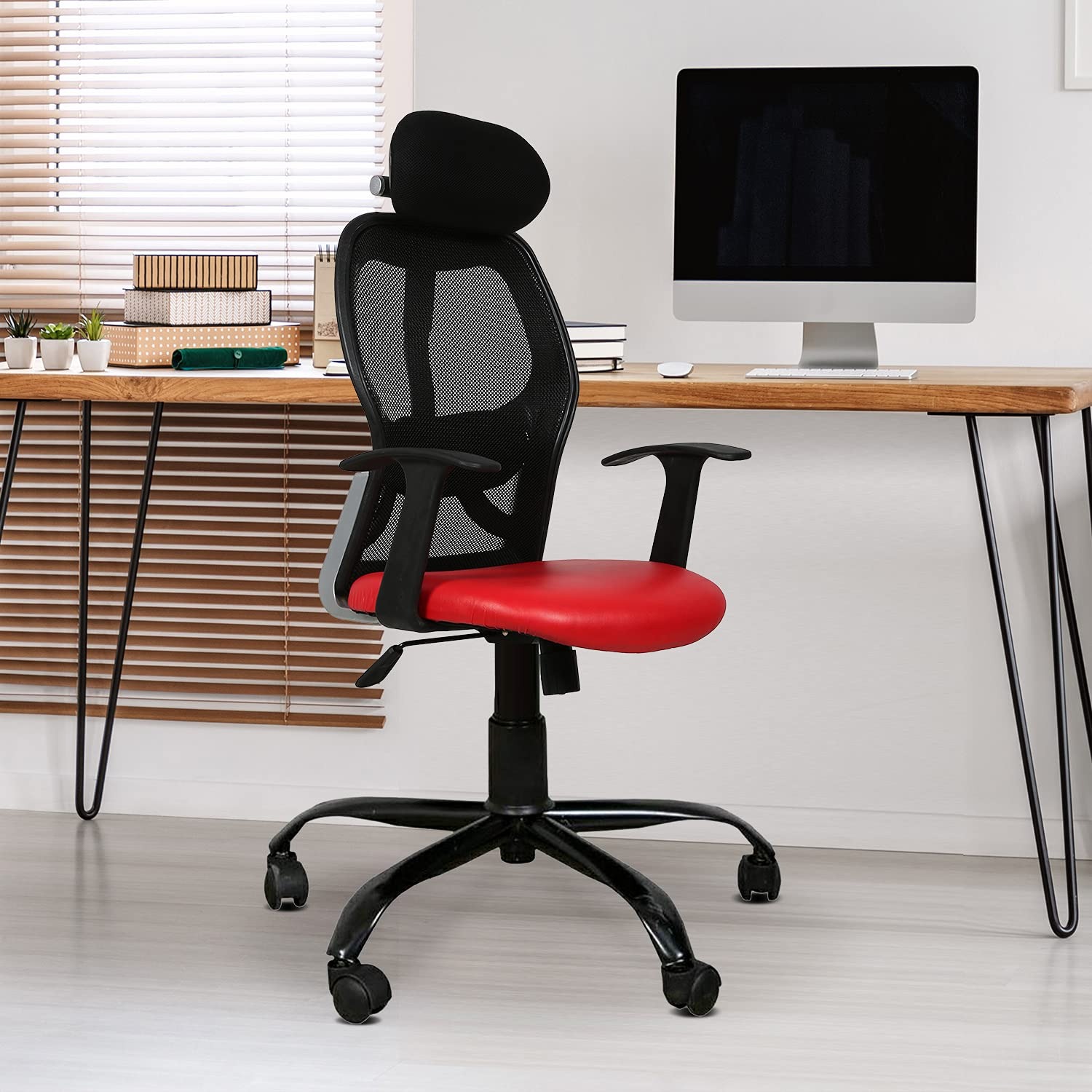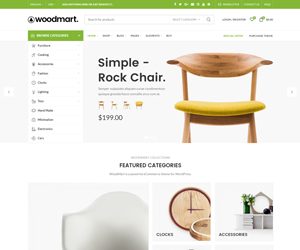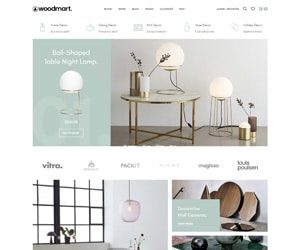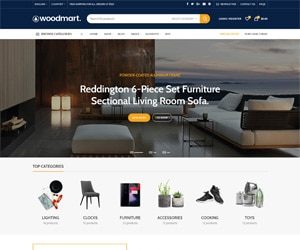Why Ergonomic Chairs Matter: Insights from Workplace Studies

When we talk about productivity, health, and overall job satisfaction, one key element is often overlooked: the chair you sit on every day. Whether you’re in a bustling corporate office, a creative home workspace, or a customer-facing reception area, the right seating makes a massive difference. And as numerous workplace studies have shown, ergonomic chairs aren’t just a luxury—they’re essential for long-term comfort and well-being.
The Rise of the Ergonomic Revolution
Over the past decade, there’s been a significant shift in how we view office furniture. Gone are the days when a simple office chair was considered sufficient. Today, the focus has shifted to ergonomics—a science-based approach to designing tools and furniture that align with the body’s natural posture and movement.
One of the most popular and dynamic seating options in offices is the revolving chair. Its mobility, combined with ergonomic features, allows employees to multitask without straining their backs or shoulders. Workplace studies have shown that allowing movement during seated tasks reduces fatigue and boosts energy levels throughout the day.
Addressing a Silent Epidemic: Back Pain
Back pain has quietly become one of the leading causes of workplace absenteeism. In fact, it’s estimated that nearly 80% of adults will experience it at some point in their careers. Fortunately, a well-designed chair for back pain can be a game-changer.
Chairs that offer proper back support for chair office settings help maintain the spine’s natural curve, preventing slouching and strain. Features like lumbar support, adjustable seat height, and tilting backrests are all critical. And for those with chronic issues, finding the best chair for back issues is not just a comfort upgrade—it’s a medical necessity.
The Cost of Comfort: Is It Worth It?
One of the most common concerns when shopping for ergonomic furniture is the office chair cost. Understandably, businesses—especially startups or small offices—need to manage budgets. However, numerous studies reveal that investing in ergonomic seating reduces workers’ compensation claims, lowers absenteeism, and improves employee morale.
Thankfully, not all quality chairs come with a hefty price tag. There are plenty of options that balance functionality with affordability. In fact, many businesses are now prioritizing the best budget office chair models that deliver ergonomic benefits without breaking the bank.
The Role of Chairs in Different Office Spaces
Not every chair serves the same purpose, and different areas of the office require different types of seating:
-
Reception chairs are often the first impression a client or visitor has of your workplace. They should be comfortable, stylish, and welcoming while offering basic ergonomic support.
-
The luxury desk chair is typically reserved for executive offices or home workspaces where aesthetics meet function. These chairs often come with premium materials, extended adjustability, and a modern design.
-
For general use, good desk chairs offer solid support, breathable materials, and easy mobility. These are the workhorses of the office world.
-
The simple office chair is an excellent option for occasional use or tight budgets. While it may lack some high-end features, it can still provide adequate comfort if selected carefully.
-
In creative or writing-intensive roles, a writing chair becomes important. These should encourage an upright posture, support the arms while typing or jotting notes, and allow slight recline for relaxed brainstorming.
-
An office table chair set is often used in conference rooms or team collaboration zones. Matching the set with the table ensures aesthetic consistency and a cohesive work environment.
-
Lastly, a brown desk chair—whether in leather, mesh, or fabric—adds a touch of warmth and sophistication to the workspace. Earth tones are increasingly popular in modern office design for their calming and grounding effects.
The Psychology of Comfort
Comfort isn’t just physical—it’s psychological. Employees who feel physically supported are more likely to be engaged, focused, and satisfied with their work. A study conducted by the American Society of Interior Designers found that 90% of workers cited their physical environment as a factor in job satisfaction, and 50% said poor ergonomics made it harder to concentrate.
And it’s not just about individuals. Businesses that prioritize ergonomic furniture—like an upgraded revolving chair or a posture-correcting chair for back pain—send a clear message: We care about our people.
Making the Right Choice
With so many types of chairs on the market, how do you choose? Here are some key features to consider:
-
Adjustability: Look for seats with adjustable height, tilt, lumbar support, and armrests.
-
Material: Mesh is breathable and good for long hours; leather is durable and luxurious; fabric offers softness and variety.
-
Support: Always prioritize lumbar and full back support—especially for the best chair for back issues.
-
Aesthetics: Whether it’s a minimalist simple office chair or a stylish brown desk chair, match the design to your brand identity.
And of course, never overlook value. Many of the best budget office chair models include adjustable features, sturdy builds, and even ergonomic certifications.
Final Thoughts: More Than Just a Seat
Your office chair isn’t just where you sit—it’s where ideas are born, tasks are completed, and goals are achieved. By choosing chairs that support both body and mind, you create an environment that nurtures productivity and protects health.
Whether you’re redesigning an entire office with a new office table chair set, upgrading a luxury desk chair for your home workspace, or searching for the perfect writing chair, remember this: comfort is an investment, not an expense.
Ergonomic furniture is the future of the workplace. And in that future, everyone deserves a seat that supports their success.





